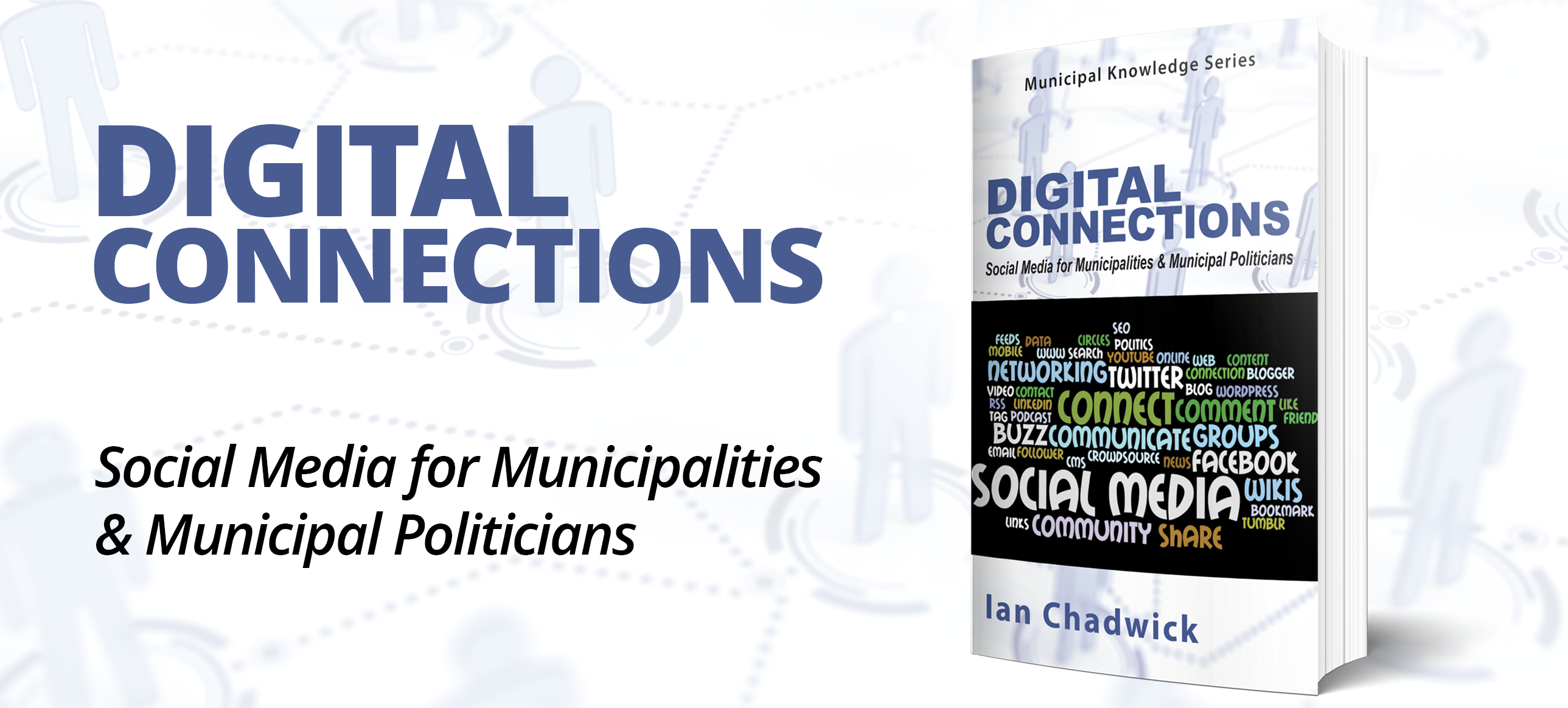Ten tools for reaching your post-election savings targets

After each election (and the inevitable flurry of improvement promises), comes the reality of making do with the available resources. It’s every manager’s headache: the responsibility to deliver on a contradictory and seemingly impossible ask: “Please increase our service levels, make things more efficient, reduce your budget … and, by the way, tax revenues will be frozen for another four years.”
But, there are still ways to improve efficiency and make progress on these new goals. This article showcases 10 tools, with varying levels of complexity and potential savings, that can help you identify savings opportunities and become more efficient.

1. Enterprise (Organization Structure) Reorganization/Re-engineering/Redesign
Since most municipalities spend 50 percent or more of their budget on employee compensation, it is no surprise that restructuring the organization and reducing the number of employees yields the largest potential savings. However, these savings do come at a cost. The highly-unionized municipal workforce increases the complexity of implementing reorganization and the need for strong political will. Reorganizations should only be considered at times when a trigger (e.g., fraud, an important budget deficit, a change in the organization’s leadership) opens a window of opportunity for an such an initiative, and provides the political will required to support an organizational structure reorganization. Reorganizations involve reducing the number of business units (e.g., consolidating many small departments into fewer larger departments), and include reviewing and reducing management levels and spans of control (i.e., number of direct reports for each management position). As such, they are more complex to implement than the other methods discussed due to their political, union, and change management implications.
2. Outsourcing
Outsourcing may involve “spinning off” an entire operation or set of services to a self-sustaining entity that would provide the services more effectively and often at a lower cost. Examples include MetroVancouver, a partnership organization that provides a broad set of municipal services on behalf of 21 municipalities in British Columbia. On a smaller scale, outsourcing may also involve contracting out specific activities performed by the organization (e.g., payroll or credit card processing, IT server maintenance, oil changes, and simple maintenance of fleet vehicles).
3. Revenue Enhancement/Business Line Initiatives
Depending on provincial legislation and regulations, municipalities may be in a position to increase their revenues through different sources. It is always important to keep in mind that revenue sources may vary significantly from one city to another. Opportunities may exist to review and increase taxes and fees, review fines and interest policies, or implement community and business partnerships (e.g., through sponsorship and advertising programs). As an example, organizations often subsidize certain permits due to a poor understanding of the true organizational cost to deliver a permit that may exceed the fee charged for the permit. In such cases, permit fees can be increased to cover the cost of providing the permit.
4. Functional Consolidation
Functional consolidation involves assessing the operating cost of business units, service centres, sectors, branches, or entire departments to determine if the operating costs would be reduced if two or more of these units were consolidated. Functional consolidation may occur as part of a broader enterprise reorganization when two or more units are merged into a single unit, often reducing duplicate functions that may exist in each unit separately. On a smaller scale, call centres servicing different client needs may be consolidated into integrated call centres by cross-training staff and employing the use of integrated knowledge repositories.
5. Service or Program Reduction
Service or program reductions involve reviewing an organization’s lines of business and related costs within the context of an organization’s strategic plan and core business. Services provided by the organization should be aligned with its fundamental mission and long-term strategic plan and objectives, unless the provision of these services is mandated by legislation or regulations. Services and programs that do not contribute to the achievement of the mission and vision of the organization, services already provided by private sector organizations or other orders of government, or services that are only provided to very few clients should be reviewed to determine if the cost of providing these services or programs is justified – or if the service could be eliminated or provided by a third party more efficiently.
6. Shared Services
Shared services involve creating centres of expertise or excellence to provide services to multiple business units within an organization, rather than having each department individually provide the service. Consolidation and economies of scale generally result from having a dedicated and specialized team rather than generalists scattered across the organization. Shared services are often used for common corporate services such as procurement, IT, business support, and HR services.
7. Strategic Sourcing and Procurement Reviews
The procurement function has been reviewed extensively in the past few years in the municipal sector as it can provide a relatively quick (one to two year) return and does not require labour reductions. Strategic sourcing involves looking at procurement processes, activities, and systems across the organization as a whole. Alternatively, procurement reviews can be more targeted and may involve value for money audits and contract reviews, bulk or minimum value purchasing policies, product standardization, and cost benchmarking of goods and services to determine if price paid is comparable to price paid in other organizations for similar goods or services.
8. Review of Investments
Reviewing investments generally involves assessing both planned and in-progress projects to identify those that don’t have a clear link to the city’s strategic plan or objectives; it involves identifying lower priority projects that may be deferred to the future. Additionally, reviewing investments in equipment and other assets to determine optimum maintenance levels based on the asset’s useful life may indicate that too much maintenance is performed; or, that on the contrary, additional maintenance could extend the asset’s useful life. Lease versus buy analysis on asset investments may indicate that leasing the equipment may cost less than acquiring and maintaining it.
9. Process Improvements
Process improvements using “Lean thinking” may result in sustained continuous improvement by positively impacting both culture and operational processes. Used properly, Lean engages the leadership and staff to document the current activities in end-to-end systems involved in a process. By identifying value and non-value from the client perspective, staff are able to determine a future state vision and improvement plan. This approach is about doing more (value) with what you have: improving costs, quality, and speed of service.
10. Other Methods
Numerous other methods, often at the project level, in the areas of technology, environment, and operations, can be used to make organizations more efficient. Technology projects may include automated billing; electronic processing of supplier invoices, permits, and service requests; and equipping service crews with mobile devices that reduce the need to drive back to a yard or head office. Environmental projects may include replacing street and traffic lighting with LED technology, reducing energy costs by installing solar panels or implementing modern energy management systems, and installing low-flow toilets to reduce water usage and costs. Operations projects may include reviewing and reducing overtime spending, and implementing better controls on materials and equipment usage, as well as many other cost-saving initiatives.
Key Success Factors
Regardless of the selected approach, the following key success factors should be considered:
- Prepare a short but precise business case that links the project to the organization’s strategic objectives and budget, identifying potential savings and benefits, as well as performance indicators, key risks, and mitigation strategies.
- Define a performance management approach to monitor and report on progress
- Make one individual accountable and pick the right support team.
- Ensure that front-line employees are consulted – they are often in the best position to identify how to make their work or the overall organization more efficient.
- For larger initiatives, ensure formal support and buy-in from council, as well as the chief financial officer.
If implemented correctly, the strategies discussed can help improve efficiency and reduce costs. They represent an excellent opportunity for municipalities looking to do more with less. MW
A version of this article appears in Municipal World, January 2017
Jean-Francois Nadeau is the President of NAD Consulting Inc.
Related resource materials:



